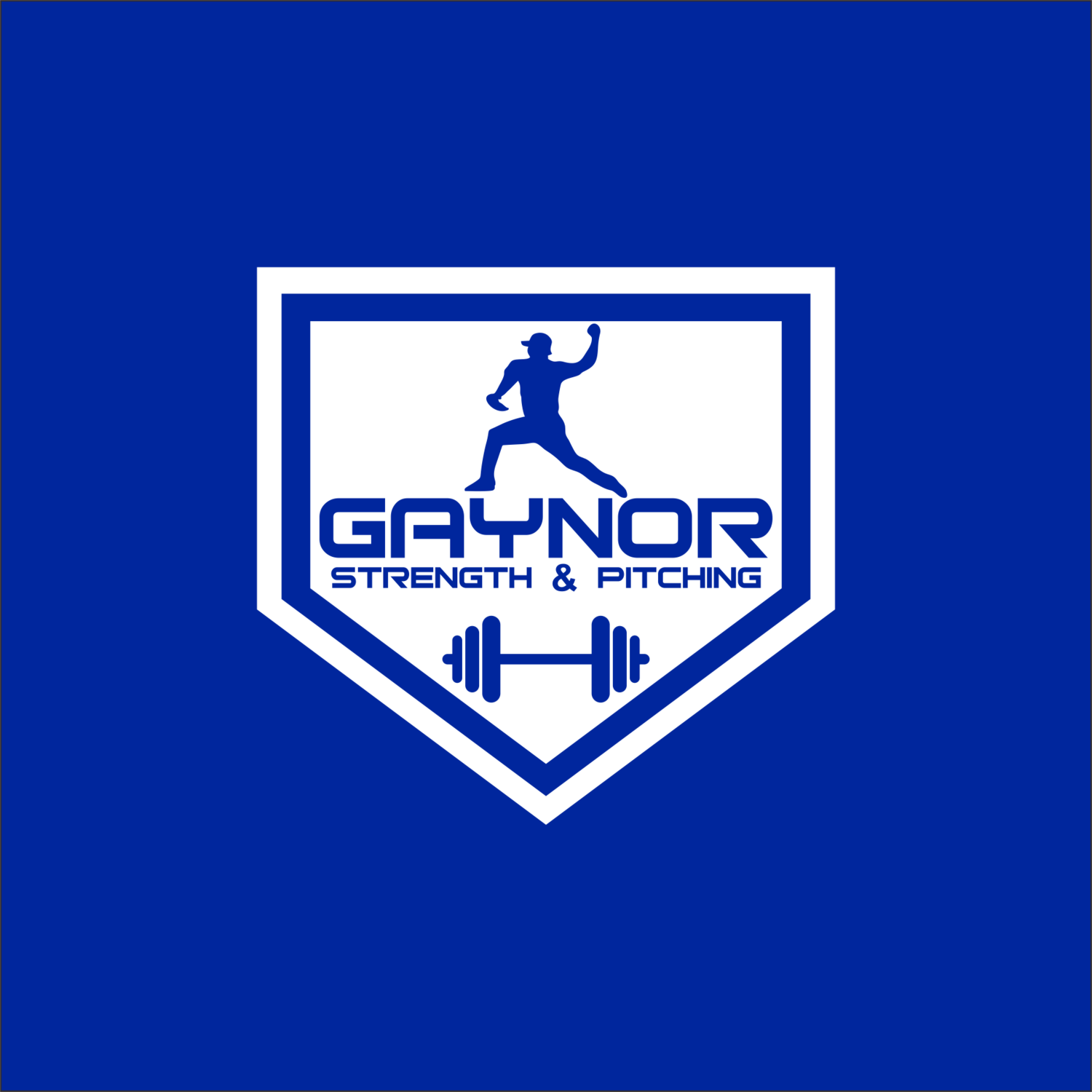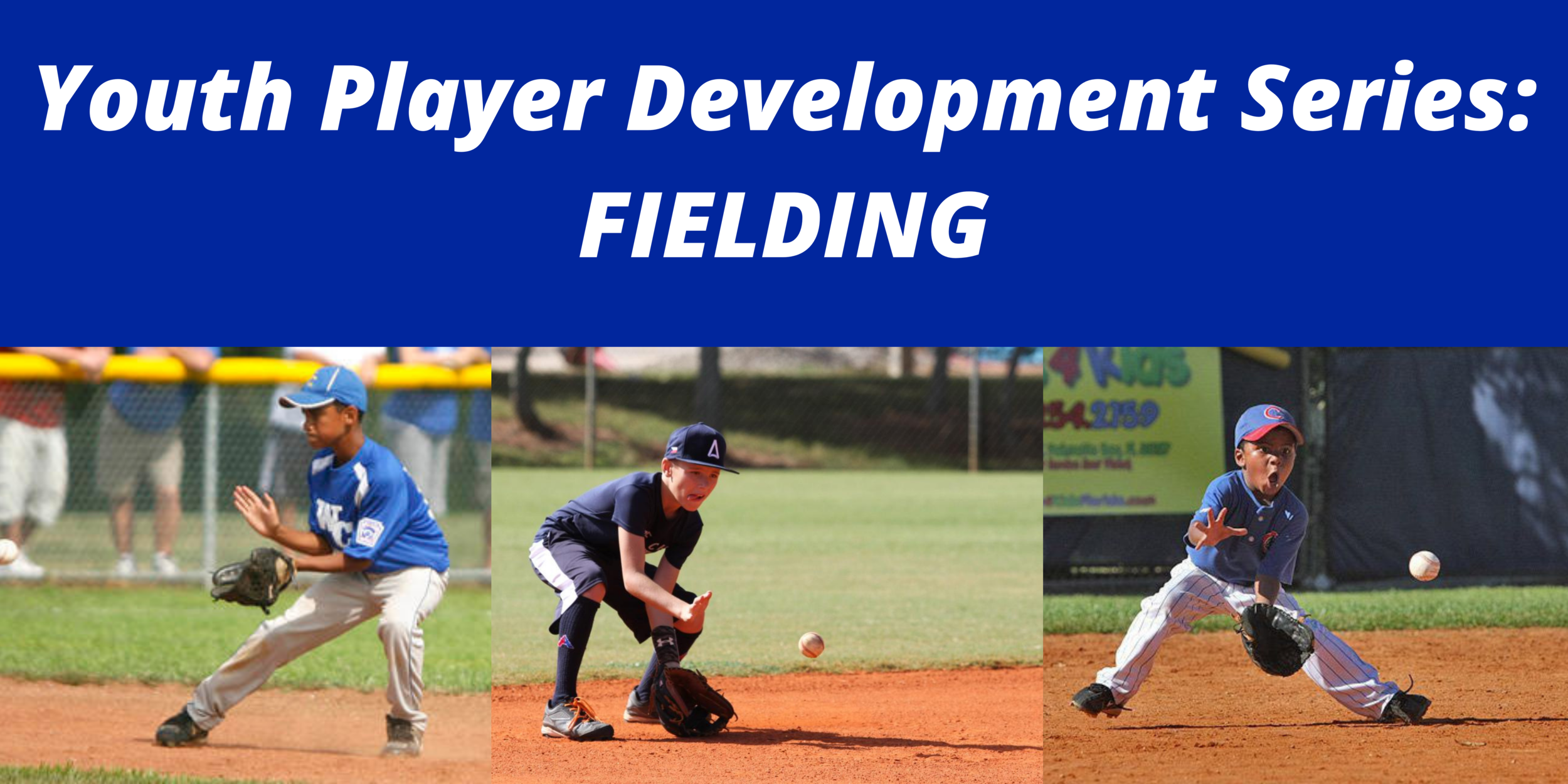Players that improve the most are the ones that follow a system and a process. You might get lucky with a random drill from time to time, but it isn’t sustainable. Without a process how do you know where to start? Where do you look? Although my process might not be perfect, I believe it can give you a framework to work within. It paints a picture of who the player is and where to begin.
STEP 1: Evaluation Phase
In order to know where to begin, we need to be able to evaluate where the player is at currently. Meet the player where they are, not where you want them to be.
HERE ARE A FEW THINGS TO EVALUATE:
Strike% and In-Zone% (if possible)
Overall
By pitch type
First Pitch Strikes
Ahead%
Platoon Splits
Wind up and Stretch
Where do they miss?
After you evaluate their in game numbers, evaluate how well they do in bullpens with the same criteria when possible. This will allow us to see if there is an obvious difference and where the source might be.
Catch Play
What does it look like? What is there intention?
Pre-Pitch Routine
Do they have one?
What is it?
Do they use it consistently
STEP 2: Problem Solving Phase
The evaluation phase is the easy part. Now you need to figure out what is the most important thing for the player to focus on. You want to draw attention to what you think is going to be the biggest bang for your buck. I can’t answer this for you, but what I can tell you to do is to think to the future. If he accomplishes goal X, will it also improve other areas that are poor? Or will it make them worse?
Once you decide what is the best thing to focus on is, it’s time to create a plan.
STEP 3: Create a plan
Ideas to implement in drills, catch play, and bullpens:
Plyo Balls
Throw to a target on the wall with every throw.
The different weights will create better feel for release.
Catch Play
Have intention and a focus with EVERY throw.
If they miss arm side consistently, throw to the glove every throw. Make a game out of it.
If they miss everywhere, have the intention of throwing to the belt if they are a sinker guy or the chest if they have carry.
If they have trouble commanding an off-speed pitch, throw it more in catch play with target intention. Be specific with where you want to throw it. Get on the slope more!
Pre-Pitch Routine
Every pitcher needs to have a pre-pitch routine to enhance focus, utilize the breath, and to visualize the task at hand.
This will put the pitcher in the best place mentally to succeed.
This process is completely individualized. Let the pitcher try different ones and work towards creating their own.
Example: Positive self talk, breath, pitch.
Bullpen Work
For someone that struggles to throw strikes in the bullpen, weighted balls or differential balls could be a good option.
They will create better feel for release with the slight variances in weight and size.
Start with a slight difference in weight or size in a blocked phase before moving towards randomized training. Build confidence in the athlete. Too big of a challenge will discourage the player.
If the pitcher throws strikes in the bullpen but not the game, create a more game like feel in the bullpen or better yet, on the game mound!
Have a hitter stand in.
Simulate at bats/situations.
Change looks and holds.
Heart rate bullpens.
Have the pitcher elevate their heart rate by doing a few sprints or jumping jacks.
Once they have accomplished this, have them throw game simulated pitches to create a similar game feel. This will also challenge them to continue utilizing their pre-pitch routine.
Challenge bullpens
There are many ways to do this, but the idea is to have 2 pitchers compete against each other.
They can play horse, or the coach can tell them what to throw for 10 pitches and whichever pitcher executes the most pitches wins the challenge.
RECAP
Evaluate
Problem Solve
Create a plan
Develop a system that accomplishes these three things. I have found this to be the best way to develop a plan for the player that is well thought out and organized. You don’t have to use my system, but I think it is important that you have a process. Give your players the best chance at improving.
Enjoy the Process,
Jared Gaynor
P.S. I did a presentation on this very topic. Click the link below to get your copy of the presentation for free!












